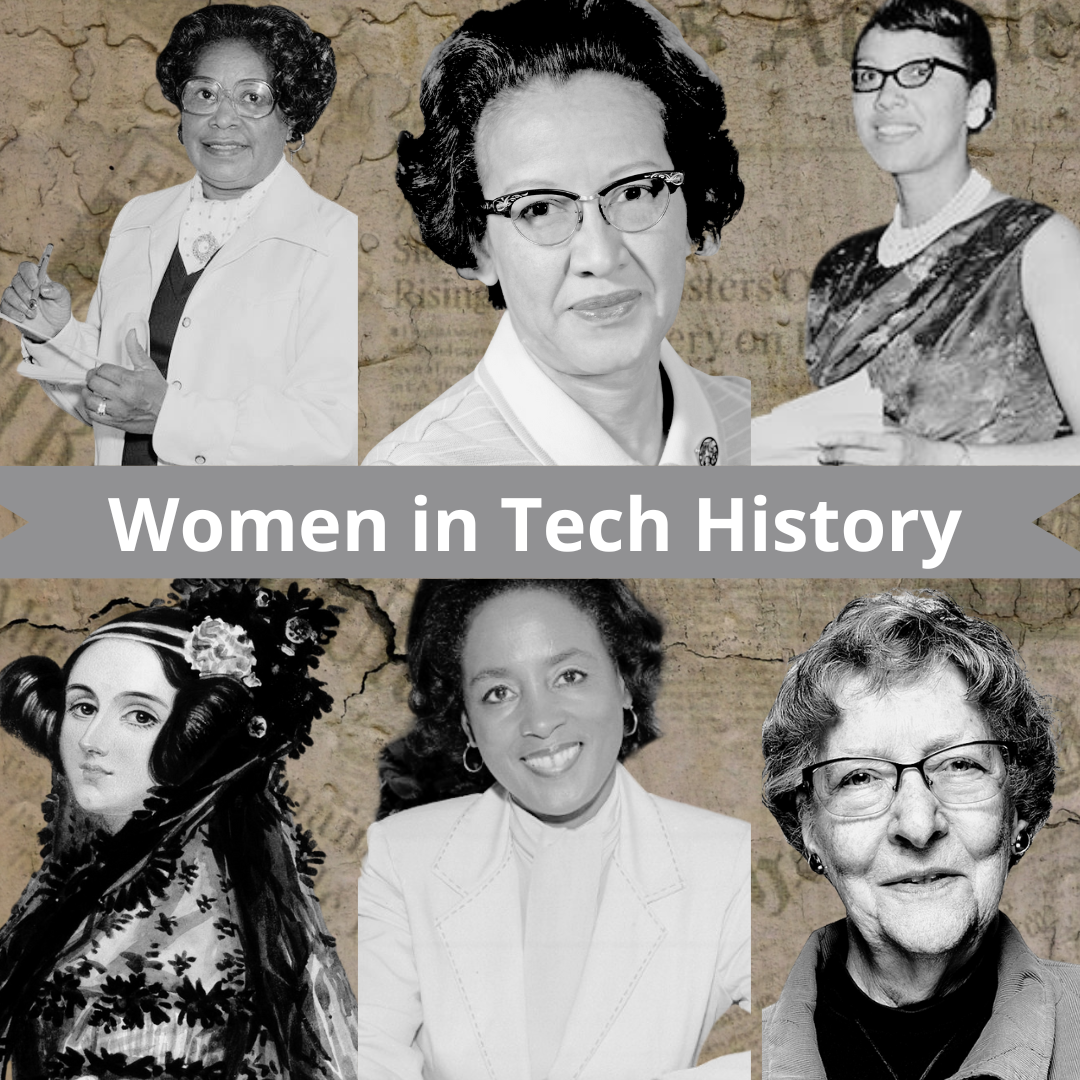
The 1st and 4th-year ESO students have recently completed a project on women technologists from the Anglo-Saxon world. All activities were adapted to the level of the class group.
First, the groups were formed, ensuring they were mixed and heterogeneous. The teacher made this decision. It is important to highlight that the 1st-year students adapted well to the group selection, whereas the 4th-year students had more difficulty due to poor group dynamics. However, I believe that the final outcome was positive.
Regarding the research phases, the project consisted of the following:
-
In the first session, the topic was introduced through a brainstorming activity to assess the students' prior knowledge. I used a presentation to introduce vocabulary and biographical data.
- Selection of the invention and its creator. Each group freely chose the invention that interested them the most. Students were provided with materials in Spanish (patents, biographical data, etc.).
-
In the second session, students selected and translated the information, then presented it in an infographic. They used Genially and Canva, as some students preferred an alternative design and were more familiar with it. Both platforms offered similar resources for infographic creation. In this phase, students had to complement the information with additional data from the internet, conducting a small research task.
4. By the third session, students had gained a deeper understanding of the invention and the biography of its creator. At this point, they transformed their infographic (which was displayed in the school hallway) into a scripted dialogue for three or four people. They were provided with a model to scaffold their writing, helping them structure their dialogue and practice pronunciation. -
Finally, in the next session, they presented their oral interaction in front of their classmates and engaged in peer evaluation.
As a result, we can conclude that this was a great project that helped students learn about equality in a cross-curricular way. Additionally, it fostered a real communicative context, generating meaningful discourse. One aspect for improvement could be addressing social relationships in older student groups, as this sometimes inhibits their willingness to speak in public. Regarding the use of digital platforms, students found them easy and intuitive since they were already accustomed to using them.


Comentarios
Publicar un comentario